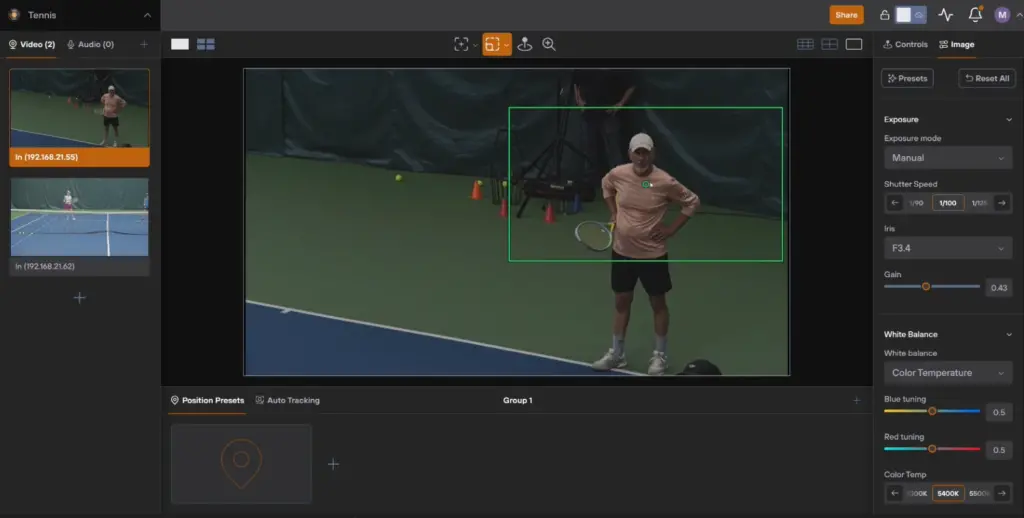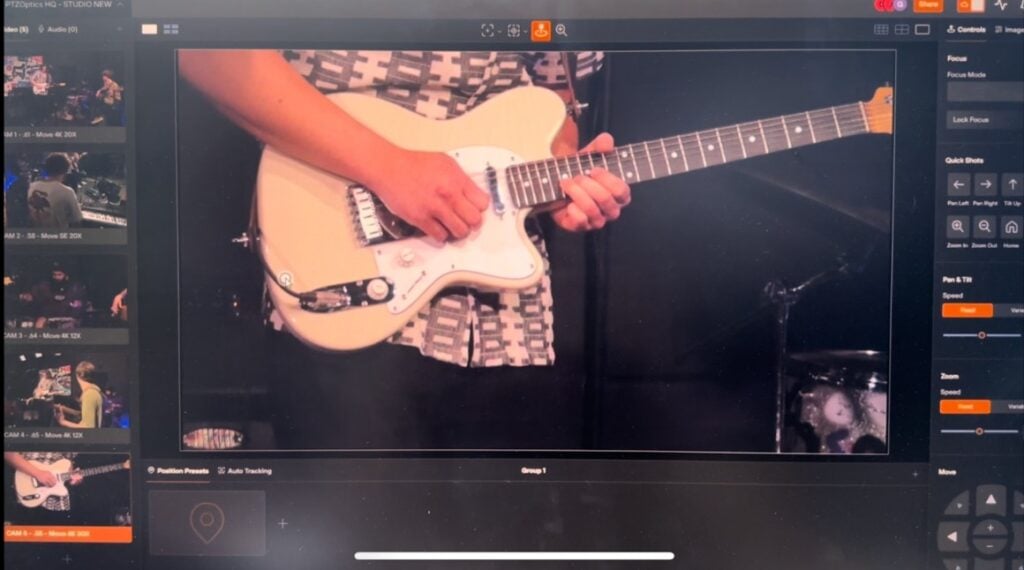How to EQ a Podcast
Written by Paul Richards on September 18, 2018
How to EQ a podcast
- Use a High Pass Filter to Cut Everything Below 80Hz. …
- Cut 100-300 Hz to Add Clarity. …
- Cut 300-400 Hz if the Voice Sounds ‘Muddy’ …
- A Wide Boost Between 2-6 kHz Can Improve Clarity. …
- Cut Around 3-5 kHz if the Voice Sounds too Sibilant.
EQ and your podcast is perhaps the most important audio enhancement you can make. Understanding that your podcast is designed for the human voice, we can use basic best practices to remove unwanted noise and enhance the vocals. Male voices and female voices differ in the frequencies they generally exhibit. Male voices range from 80 to 500 Hz and her full in between 100 to 200. Female voices range from 175 to 1180 Hz and sound fall in between 200 and 400 Hz. Most digital audio mixers will show a graphical display that starts at 20 Hz goes up to 20 kHz. Since the human voice generally starts at 80 Hz, there is no reason to include much audio from frequencies blow this area. Between 80 and 120 Hz is the fundamentals of Voice and it is very important for intelligibility. In between 200 and 300 Hz is the boom of a voice which gives it its fullness. Between 300 – 1000 Hz you will hear the reflections of the room with the white tweaking can make the room feel smaller and your sound more expensive. Finally, between two and 3 kHz you could add clarity to your voice. Regular telephone calls generally max out at 3 kHz. Between five and 15 kHz is what is called sibilance which provides minimal nuances in the human voice. Anything above 15 kHz is not needed for podcasting.

How to EQ a Podcast
Armed with this knowledge we can EQ our podcast and make our podcasters voices sound great. The first thing most audio engineers will do is apply what’s called a high pass filter. A high pass filter essentially “gives a pass” to anything higher than the selected frequency. This is an ideal way to remove lower frequencies beyond a significant selected space. For most podcasts, we can apply a high pass filter at roughly 70 Hz. Says the human voice generally starts at 80 Hz we won’t be missing any important information. This does a great job of removing low harms the potential background noise from your microphone. On the other end of the frequency spectrum, we can use a low pass filter. A little past filter does the exact opposite of a high pass filter meaning it gives everything below the selected frequency a pass and only affects the frequencies above the selected point. For podcasting low pass filter is generally start at 10 kHz. I have found that low pass filter will remove high-pitched noises from our podcasting microphones. Simply adding a Highpass and low pass filters to your podcast’s EQ is the best first step. Further equalizing the frequencies coming from your microphones will require listening very carefully to each podcasters voice.
It goes without saying that the EQing a podcast will require headphones. But let’s take a step back and make sure that the gain on each microphone is set properly. You may need to refer to your particular digital audio mixer for setting the trim and gain structure for your microphones. Generally, you want each voice to peek at zero DB. There are many different techniques for combining gain structure and compression which will talk about in our next video. But for now simply turn up the gain on each microphone until you reach zero DB on your decimal level meters. Want to feel like the game structure on your microphones a digital audio mixer are set properly you can start mixing the EQ on your microphones.
Creating an EQ curve for a podcast should I Deleigh enhance the human voice depending on whether it’s a male or female. I like to think about EQing as removing unwanted frequencies as opposed to boosting frequencies. We don’t want to use the EQ to boost the noise level of our microphones. We simply want to cut out unwanted frequencies and select curve the best fits the sounds we are looking for. With a High Pass and low pass filter in place, we can create a custom EQ curve for podcasting. In general, I like to have a curve that starts at 50 Hz and looks like a hump that comes back down around the 1.5 kHz area. In order to add clarity to the human voice, I do not cut much of the EQ around the 2 to 3000 kHz band. This EQ curve is slightly adjusted depending on whether the podcast or is male or female. I think you’ll find the basic queuing for each microphone channel would greatly increase the quality of your audio production. The best part of a high-quality EQ is that the audio processing is done live and does not need to be done in post-production.

Podcast High Pass and Low Pass Filter
Learn more about setting up a live streaming studio
- Check out our complete course for live streaming your podcast. This article includes everything you need to know about producing a podcast and live streaming that content here.
- Tips for setting up your next live streaming studio - here
- See how we setup our live streaming studio lighting - here
- Here is our review of the ASHLY DigiMix 18 which a great mobile audio mixer. See how to use ASIO audio drivers and live stream a music festival - here
Learn more about setting up a Podcast





